Hot property: the fight for second city offices
Office landlords are enjoying the highest rents in five years in Ho Chi Minh City’s downtown districts.But, a lack of new premium office buildings on the horizon over the last few years means the situation for prospective tenants is not set to change overnight.
Businesses are struggling to find the right address |
Grade A office floor space in the inner city has remained unchanged over the past three years, peaking at 73,000 square metres, lower than a Grade B area of 105,000sqm.
Last year saw only 7,600sqm of new space built, and although another 14,300sqm is expected to come on the market this year, and double that figure next year, estate company Chesterton Petty Vietnam estimate new supplies would remain tight until 2008.
Rising demand and a lack of available space of course means high-profits for existing buildings and new comers on the market, as such the demand these properties are in a position to adjust up rents and occupancy rates.
Peter Dinning, an experienced real estate consultant in the city, revealed that Bitexco Office Building leased 100 per cent space within nine months of completion in August 2003 at average monthly rents of $16 per square metre, while E Town has leased up to 98 per cent of its total 30,000sqm floor area at an average charge of $11 per square metre a month.
“The only offices available for lease will be in Saigon South, the Broadway Office Park and Gateway Building,” he said.
Marc Townsend, managing director of property management and development company CB Richard Ellis said the main trends in the real estate market for 2004 are rising office rents, low vacancy rates, a real shortage of new affordable office space in the main central business districts of Hanoi and Ho Chi Minh City.
Office vacancy rates of all grades are less than 10 per cent, while average rents for Grade A office has reached $28 a square metre per month, one of the highest rates in Asia. In Hong Kong, the charge is $23 while in Bangkok the rate stands at $12.
Although average office rents in the city are still lower than the pre-1997 economic crisis levels, they have rose steadily over the last five years. Rents bottomed to an average of $15 per square metre in 1999 from $33 in 1996, and reached more than $20 by the end of 2004.
“With no new large office buildings due for completion before 2006 office rents will continue to edge upwards,” said Townsend.
Meanwhile foreign companies are flooding into Vietnam, the country’s foreign investment grew at a staggering rate of 30 per cent to reach $4.2 billion last year, especially in the southern part of the country.
In spite of the positive economic outlook at more than 7 to 8 per cent in coming years, few foreign developers continued to venture in this grade A office market. Diamond Plaza was the last Grade A office to open in District 1 in 1999. Gemadept is the only Grade A office building project in the pipeline but its construction has been suspended due to financial difficulties.
Townsend described the inactivity in office construction in the second city at present as “unusual” and “cautious optimism”. Problems with developers since the Asian economic crash in 1997 are a possible explanation for the frozen construction.
Most developers from Hong Kong, Singapore and South Korean had hoped pre-1997 average monthly rents stood at over $30 per square metre as Vietnam was tipped as the next Asian tiger economy.
However, the regional crisis saw average monthly rates nosedive to $15-$20, meaning that developers had to sit on loss-making properties for lengthy periods.
It is only now that rents have achieved profitable levels again that developers who entered the market between 1995 and 1998 are starting believe they could make up for the lost time. A number of multi-million dollar projects have been idle since then, including the Larkhall-Savico, Asiana Plaza and Jinwen complexes.
To date, none of these projects have resumed construction whilst others have been converted to residential projects, considered a more reliable investment in recent times.
The International Trade Centre project, a twin tower to be built on a site where an inferno damaged a commercial centre and caused tens of deaths, will have only a limited office space while hotel and residential floors are much bigger.
Developers are also wary of gauging the real demand for office space in the city. All premium offices have multi-national companies (MNCs) as key tenants while local companies can not afford to locate their office in Grade A buildings. Some local companies have begun to move into office buildings but numbers are small.
Property consultants hope the country’s expanding economy and deeper international integration with the target of becoming a member of the World Trade Organization by the end of this year would draw more MNCs to come and do business in Vietnam.
Most foreign companies take up a floor area of less than 250sqm and the number of MNCs in Vietnam to date remains small. Business licensing for foreign banks and insurance companies, who could occupy a large space, is still restricted by law for fears they would dominate over local companies.
Although the net office take-up is still increasing, office buildings are relying on companies that are operating in the city and starting to expand their business or relocate offices.
According to CB Richard Ellis, no major take-ups were recorded last year and leasing activities were dominated by the expansion and relocation of existing MNC tenants.
Notable tenant movement included Walter Thompson, Cathay Pacific and New York Life.
Walter Thompson took half a floor in the Metropolitan Building while New York Life moved to Sun Wah Tower, occupying a whole floor. Corporate tenants have also begun displaying resistance against high rents in Grade A buildings, leading to lower actual rents.
Some landlords continued to accept lower rents in an attempt to reverse a trend that has seen Grade A office tenants relocate for reasons related both to expansion requirements as well as cost reduction. These moves helped Grade A blocks retain tenants, resulting in an increase in competitiveness that saw new tenants drawn to leasing these premises as a result of their relatively lower rents.
However, a number of tenants relocated from Grade A office buildings to Grade B or C office blocks as they sought to expand while also engage in cost- cutting.
With no new Grade A projects on the cards the supply-demand imbalance in prime office facilities will continue to rise and hence the outlook for the existing Grade A office space remains positive for the next few years.
CB Richard Ellis forecast that given Vietnam’s generally favourable economic outlook at present, the prospect for the Ho Chi Minh City office market over the short- to medium-term remains positive. Grade A office rents may continue to consolidate slightly over the near-future but no major adjustment is expected. Over the medium-term, Grade A office rents are expected to increase with a shortfall in supply of prime office facilities in the city.
Dinning said most of the 100,000sqm new office space to be supplied in the next three years would be in four or five Grade B buildings.
What the stars mean:
★ Poor ★ ★ Promising ★★★ Good ★★★★ Very good ★★★★★ Exceptional
 Tag:
Tag:
Related Contents
Latest News
More News
- Trump's trade policies could shape Vietnam's economic outlook: Dragon Capital (November 15, 2024 | 16:56)
- The One Destination partners with Singapore investor and institutional fund to build ESG real estate complex (November 11, 2024 | 10:32)
- Stabilising measures must sit alongside land price hikes (November 07, 2024 | 09:56)
- CapitaLand Development records strong bookings for Orchard Hill (November 07, 2024 | 08:19)
- Public transport and real estate: The rise of Transit Oriented Development (November 05, 2024 | 15:06)
- Funding flows to second-tier localities (November 03, 2024 | 15:24)
- Hanoi has long road to travel in becoming a smart city (November 03, 2024 | 15:00)
- Nam Long Group hands over keys to Akari City Phase 2 (October 30, 2024 | 18:29)
- KTG Industrial expands industrial footprint at Taitronics 2024 (October 29, 2024 | 14:46)
- Deal signed for sustainable development at Prodezi Eco-Industrial Park (October 26, 2024 | 10:02)






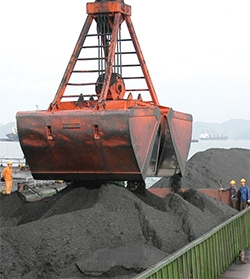


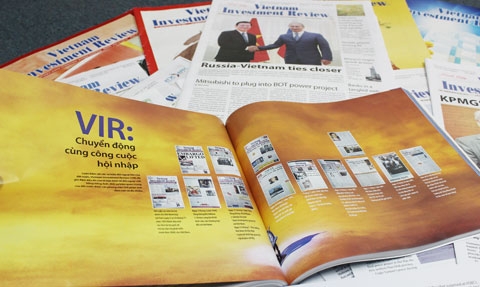
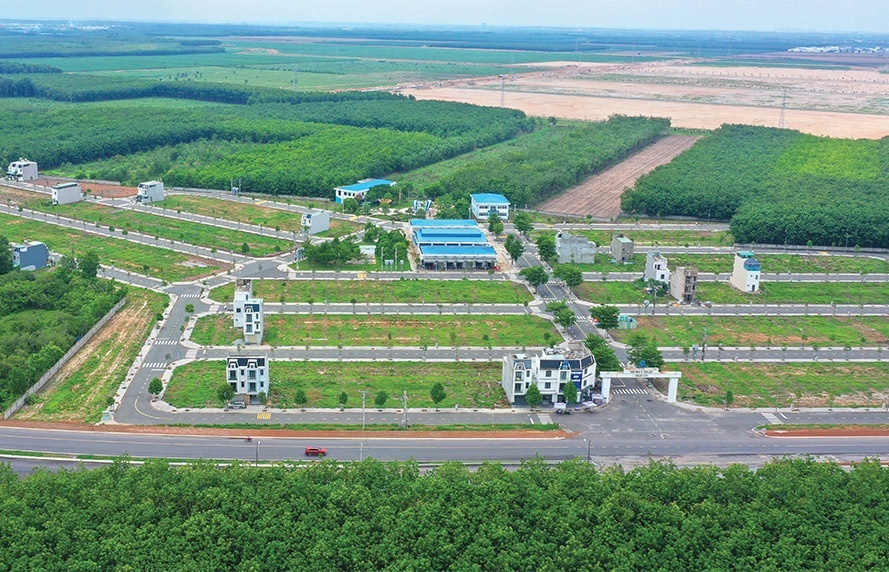



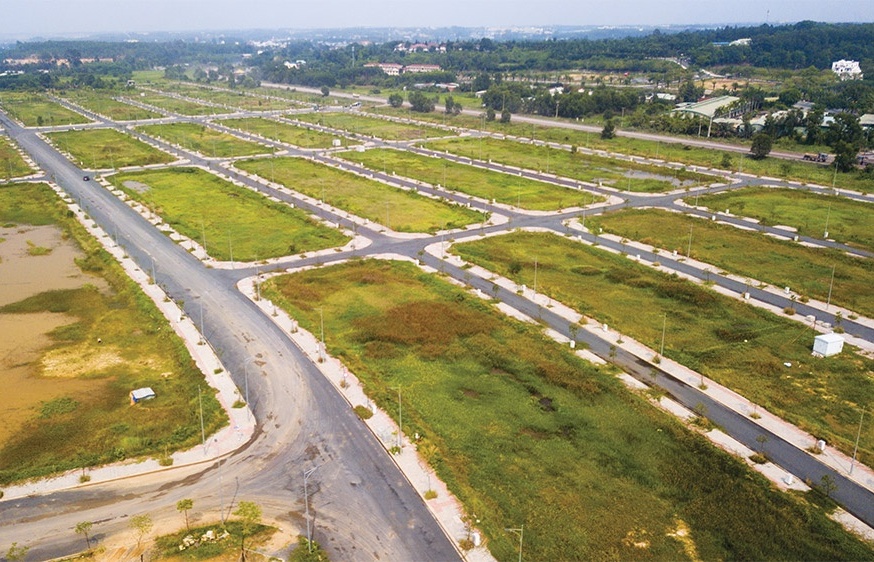
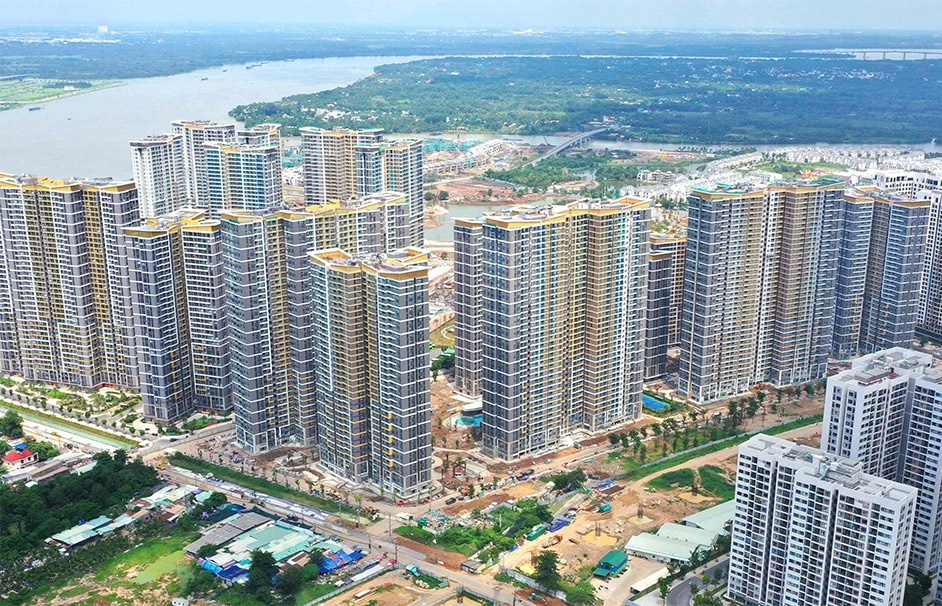









 Mobile Version
Mobile Version